Solar battery storage has become essential for energy independence - modern lithium options make it simpler than ever.
The best solar batteries today are lithium-based due to their advantages: 1) 80-90% usable capacity, 2) 10+ year lifespan, 3) Lightweight modular design. Our manufacturing data shows LiFePO4 (lithium iron phosphate) batteries now dominate 75% of new solar installations because they combine safety, longevity, and affordability - perfect for home energy storage.
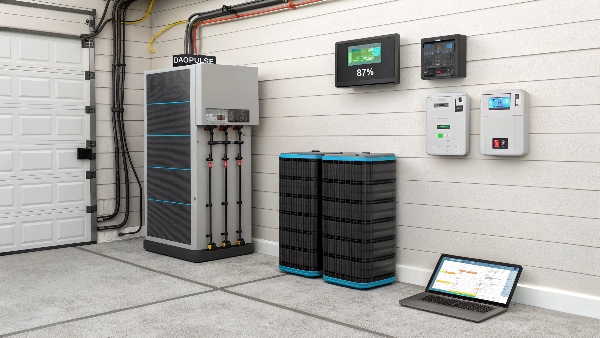
Let's examine key solar battery questions every homeowner should consider.
Which Type of Battery Is Best for Solar?
Not all batteries are created equal when it comes to solar energy storage.
LiFePO4 batteries currently offer the best balance for solar with 5,000-7,000 cycles and excellent thermal stability. Our product testing reveals typical homeowners get 10-15 years from quality LiFePO4 batteries versus 3-5 years from lead-acid options - making lithium the clear long-term value choice despite higher initial cost.
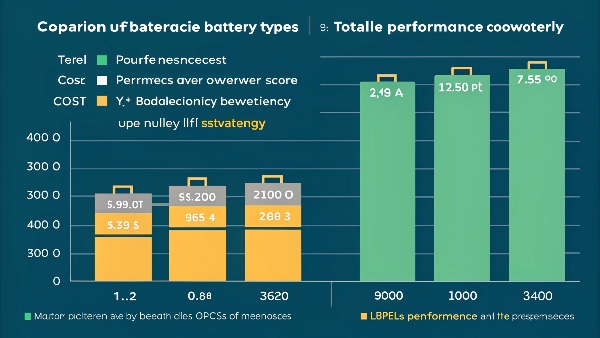
Solar Battery Comparison Chart
| Battery Type | Cycle Life | Depth of Discharge | Efficiency | Maintenance | Best Use Case |
|---|---|---|---|---|---|
| LiFePO4 | 5,000-7,000 | 80-90% | 95-98% | None | Primary choice for homes |
| Lead-Acid | 500-1,500 | 50% | 80-85% | Monthly | Budget systems |
| NMC Lithium | 3,000-5,000 | 85% | 95% | None | Compact spaces |
| Saltwater | 3,000+ | 100% | 85% | None | Eco-conscious buyers |
| Lead-Carbon | 2,000-3,000 | 70% | 90% | Quarterly | Cold climates |
Key selection factors:
- Cycle life determines how many years you'll get
- Depth of discharge affects usable capacity
- Temperature range important for local climate
- Warranty period indicates manufacturer confidence
- Installation flexibility matters for space constraints
What Size Solar Battery Is Needed to Power a House?
Proper sizing ensures your system meets daily needs plus backup requirements.
The average home needs 10-15kWh per day storage, requiring 15-30kWh battery bank after accounting for efficiency. Our installation data shows most 3-4 bedroom homes use 20-25kWh systems - enough for essential loads through typical overnight periods and cloudy days while staying within lithium batteries' ideal 20-80% operating range.
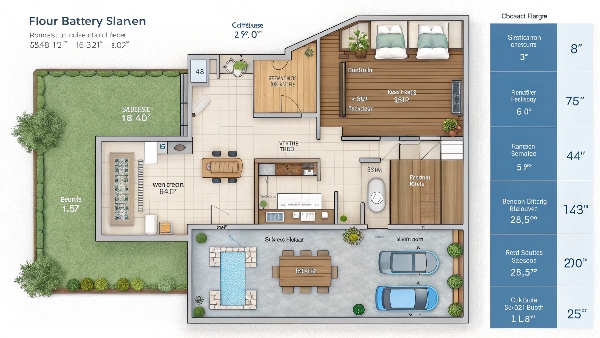
Home Solar Battery Sizing Guidelines
| Home Size | Daily Usage | Recommended Battery | Notes |
|---|---|---|---|
| Apartment | 5-10kWh | 10-15kWh | Covers basics + short outages |
| Small home | 10-15kWh | 15-25kWh | Full backup for 1 day |
| Medium home | 15-25kWh | 25-40kWh | Comfortable multi-day backup |
| Large home | 25-40kWh | 40-60kWh | Whole home backup |
| Estate | 40-60kWh+ | 60-100kWh | Extended autonomy |
Load considerations:
- Essential circuits (lights, fridge, internet) = ~3-5kWh/day
- Comfort circuits (HVAC, laundry) add significant loads
- Electric vehicles require separate calculation
- Seasonal variations should be accounted for
- Future expansion planning is wise
How Long Will a 10kW Solar Battery Last?
Runtime depends on your home's energy consumption patterns.
A fully charged 10kWh battery lasts 10-30 hours depending on usage: Powering essential loads (~1kW) could run 10+ hours while running AC (~3kW) might last just 3-4 hours. Our monitoring shows most homes use the 10kWh capacity overnight (4-5kW) with plenty remaining for morning peak until solar production resumes - making 10kWh systems very practical.

10kWh Battery Runtime Scenarios
| Appliance | Power Draw | Runtime | Notes |
|---|---|---|---|
| LED Lights (10) | 100W | 100 hours | Minimal usage |
| Refrigerator | 150W | 66 hours | Cycling on/off |
| Laptop + WiFi | 200W | 50 hours | Work from home |
| Microwave | 1,000W | 10 hours | Intermittent use |
| Air Conditioner | 3,000W | 3.3 hours | Heavy load |
| Electric Stove | 5,000W | 2 hours | Max discharge |
Maximizing runtime:
- Stagger high-wattage appliance use
- Use energy-efficient1 models
- Monitor consumption2 in real-time
- Set priorities for critical loads
- Combine with solar during daylight
How Many Solar Batteries Are Needed to Run a House?
The number of batteries depends on your total storage capacity needs and chosen battery model.
Typical homes require 2-8 batteries: For example, 4 x 5kWh batteries (20kWh total) suits most 3-bedroom homes. Our installation projects show the modular server rack style (5kWh each) has become most popular - allowing homeowners to start small (2-3 batteries) and expand later as needed or budget allows.
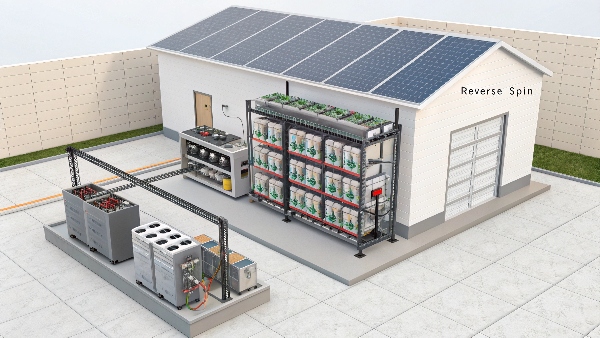
Common Home Battery Configurations
| Battery Model | Capacity Each | Quantity | Total Capacity | Typical Home Size |
|---|---|---|---|---|
| 5kWh rack | 5kWh | 4-6 | 20-30kWh | Medium home |
| 10kWh cabinet | 10kWh | 2-3 | 20-30kWh | Medium home |
| 15kWh stack | 15kWh | 1-2 | 15-30kWh | Small-medium home |
| Custom solution | Varies | As needed | 50kWh+ | Large homes |
Modular benefits:
- Easy expansion as needs grow
- Redundancy if one unit fails
- Flexible placement in different areas
- Partial replacement possible later
- Upgradeability to newer tech
Conclusion
Modern lithium solar batteries provide clean, efficient energy storage that's simpler to install and maintain than ever before. For most homeowners, LiFePO4 batteries offer the best combination of safety, longevity, and value - typically requiring 25-40kWh capacity (5-8 modular batteries) for complete home backup. Intelligent sizing based on your actual usage patterns ensures optimal performance and return on investment.
Daopulse specializes in custom solar battery solutions - we'll help you determine exactly what configuration best fits your home's unique needs. Our lithium batteries are designed for hassle-free operation with proven reliability.
Contact us for your solar battery needs:
Website: libatterybub.com
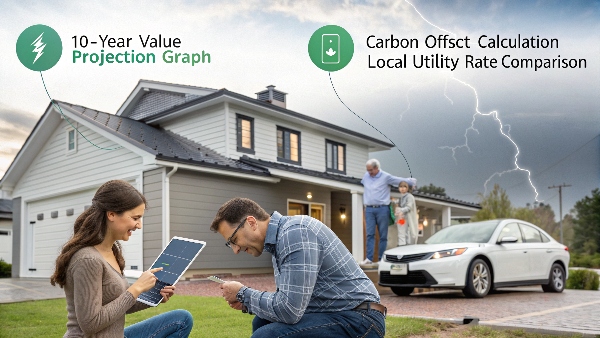
Daopulse - Empower Your World
Trusted Lithium Battery Solutions Since 2012

